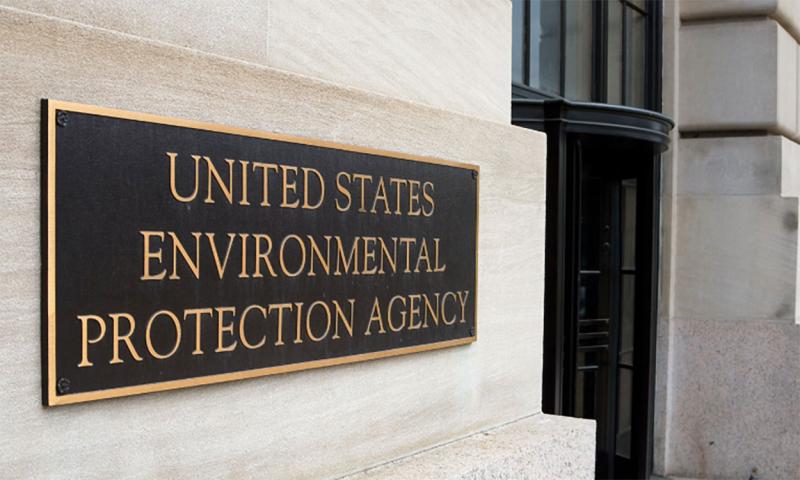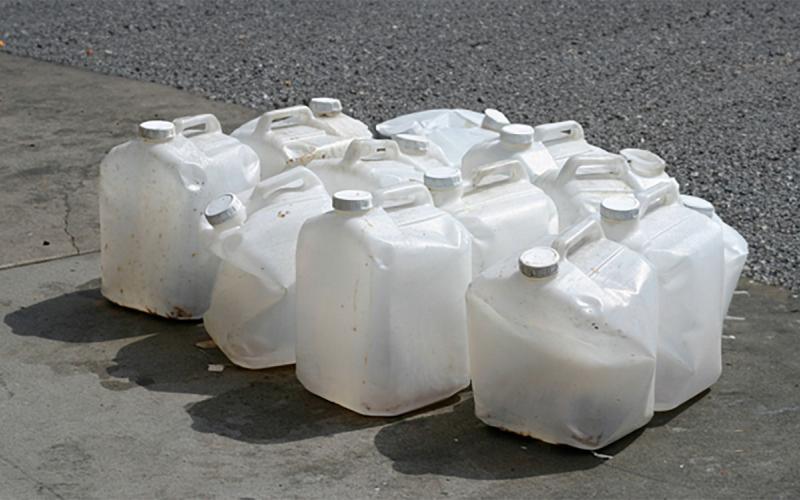
Written collaboratively by Stephen Robertson, Amanda Bachmann, Bradley McManus, Philip Rozeboom, Adam Varenhorst, Patrick Wagner.
On November 2, 2023, the U.S. Court of Appeals for the Eighth Circuit revoked a final ruling issued by the Environmental Protection Agency (abbreviated as EPA) concerning the use of the organophosphate commonly named chlorpyrifos. This ruling upended a previous ruling by the Nineth Circuit Court that demanded the EPA revoke tolerances of chlorpyrifos without further public comment or fact finding. Find information on the current ruling and how it affects the usage of chlorpyrifos in South Dakota on Chlorpyrifos Products Can be Used in 2024 for Insect Pest Management.
This is the latest judicial intervention associated with efforts made by the EPA to review the safety and usage of organophosphates in the United States, which began in 2008. Organophosphates are among the more-effective insecticide groups, providing excellent control for a wide variety of insect pests. The intentional moves to limit or prevent organophosphate usage present challenges for growers seeking effective control of destructive pests. So, what is motivating these changes and judicial intervention?
As you might guess, the situation is complicated. In short, organophosphates are nonselective and very effective, a dangerous combination. They act to kill target pest insects, but they are also effective at killing non-target insects, like pollinators and predators. In fact, organophosphates can cause the same physiological effect, continuous muscle contractions, in humans and other animals as they do in insects, potentially resulting is serious poisoning or even death.
The EPA has an obligation to review products for their safety to humans, non-target organisms, and the environment, with a particular focus on endangered species and habitats, and they make decisions to protect all involved parties. This authority creates a major conflict when public or environmental safety clashes with the efficacy of a chemical product for crop production. These are the exact situations where the court is asked to step in to make a ruling.
The fate of organophosphates is in limbo. In addition to reviewing the tolerances for chlorpyrifos (where they are expected to keep only 11 use registrations, EPA 2023), the EPA recently announced that it is implementing strategies to mitigate the negative effects of three organophosphates (chlorpyrifos, diazinon, and malathion) on endangered species and their habitats. While these actions are focused on measures to prevent drift (new regulations for wind speed, area use restrictions, buffer area requirements, etcetera), the overall outlook for organophosphates is one of declining availability.
The bottom line is the same as it has always been: reduce the risk of hazards when using the tools available to you and generate a broad, multifactor management strategy for pests. Building farm resiliency is critical. Relying on one product to support your production creates a fragile dependency. If the EPA or any other authority revokes products used in your systems and you are dependent upon them, you may face serious losses in the growing season and a long road to recovery while you generate new approaches. Get ahead of those decisions and protect your interests!
Anyone using organophosphates or certain carbamates (N-methly-carbamates) for more than 30 hours in a 30-day period should be screened for cholinesterase levels. You can find information about this testing in the article, Cholinesterase Testing Protocols for Healthcare Providers, courtesy of the Ag Health & Safety Alliance.
Citations
Environmental Protection Agency (EPA). 2023. EPA Update on Next Steps for Chlorpyrifos.


